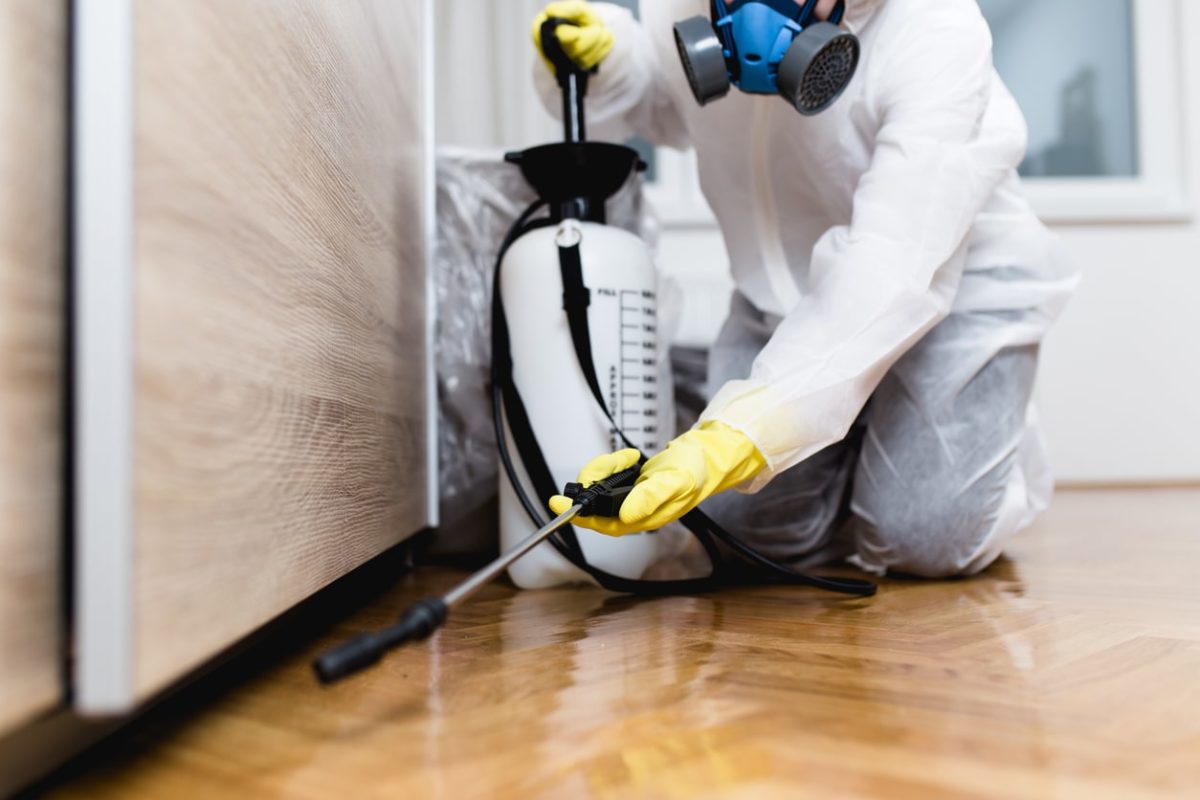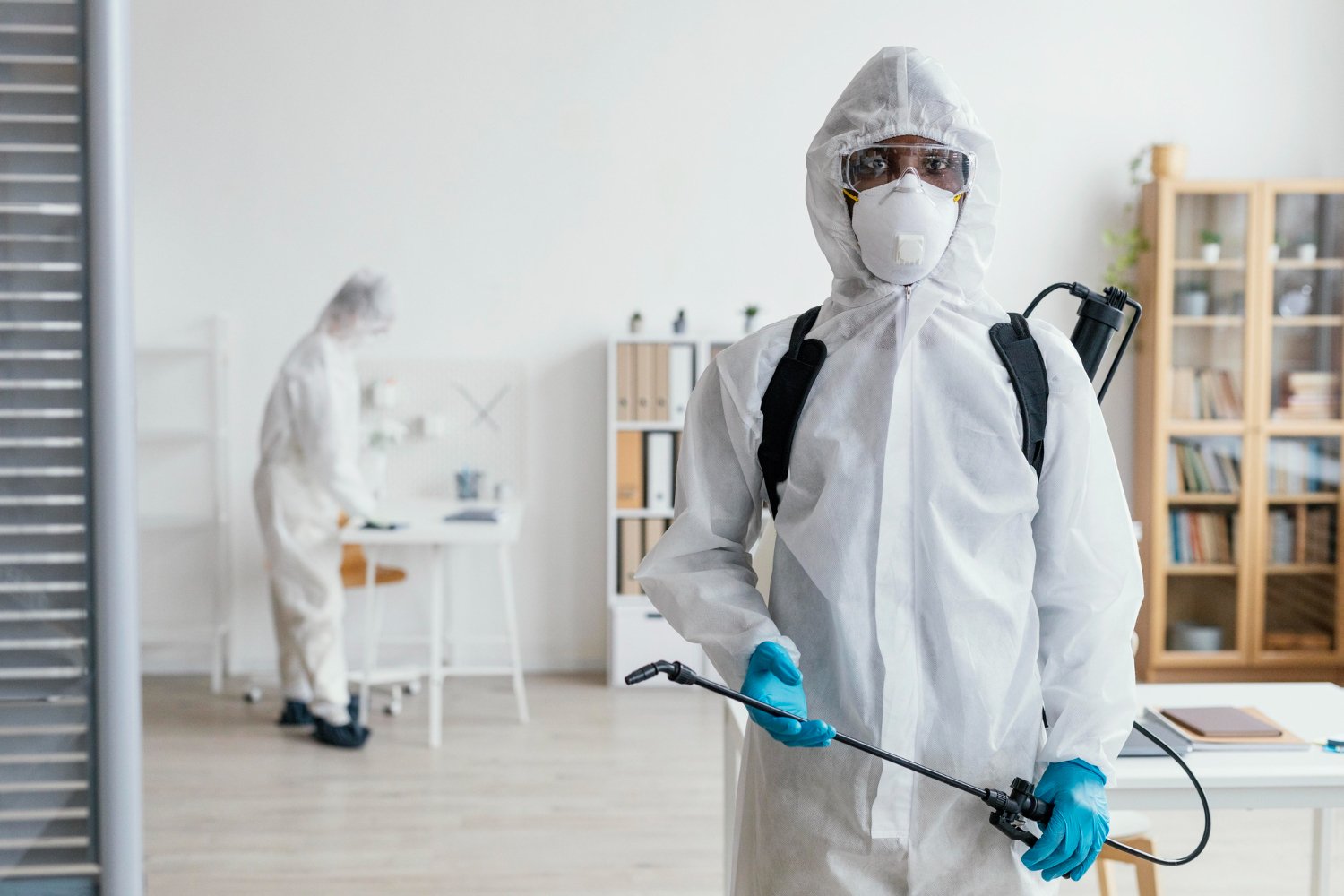Trust Pest Control Lockhart for Reliable Pest Prevention
Trust Pest Control Lockhart for Reliable Pest Prevention
Blog Article
Checking Out Infestation and Treatment Approaches in the World of Insect Control
The landscape of parasite control includes a myriad of difficulties, specifically as infestations of common house bugs remain to progress. Recognizing the habits and reproductive patterns of these problems is critical for establishing efficient therapy approaches. By incorporating safety nets with sophisticated management techniques, such as Integrated Insect Monitoring (IPM), house owners can much better guard their environments. Nonetheless, the performance of these methods may differ significantly based upon particular scenarios. What underlying factors add to the success or failing of these methods in various settings?

Usual House Vermin
When it comes to managing our space, understanding common household parasites is essential. These pests not only interrupt our comfort yet can likewise present health and wellness dangers and damages residential or commercial property. The most widespread house bugs consist of ants, cockroaches, rats, termites, and bed pests.
Ants, frequently seen foraging in kitchen areas, can infect food and develop big colonies. Roaches, recognized for their durability, can cause allergies and spread microorganisms. Rodents, including mice and rats, can trigger architectural damages and bring conditions like hantavirus and salmonella. Termites, commonly described as "silent destroyers," can compromise the integrity of wood frameworks, bring about expensive repair work. Bed insects, although not disease service providers, can trigger substantial discomfort through their attacks and bring about emotional distress.
Recognizing the signs of these parasites, such as droppings, nests, or bite marks, is vital for very early intervention (Pest Control Lockhart). Appropriate hygiene techniques, securing entry factors, and preserving a clutter-free environment are effective preventative measures. By recognizing these common home bugs and comprehending their behaviors, property owners can take proactive actions to alleviate infestations, ensuring a much healthier living setting
Recognizing Bug Infestations
Insect invasions can rise swiftly, turning a small annoyance into a considerable problem if not resolved quickly. Typical elements contributing to infestations include inadequate hygiene, structural susceptabilities, and seasonal modifications that drive insects indoors.
Identifying the sort of bug is important, as different species exhibit varied actions and reproductive prices. For example, rats might establish nests in surprise locations while pests like roaches thrive in moist settings. Early discovery usually pivots on identifying signs such as droppings, nibble marks, or uncommon noises, which can suggest an issue prior to it comes to be severe.
Warm, moist climates can help with the fast development of pest populaces, while modifications in landscape design or building and construction can accidentally produce helpful atmospheres. An educated strategy to comprehending these dynamics lays the foundation for reliable insect administration strategies in the future.
Therapy Approaches and Techniques
Reliable therapy approaches and techniques are crucial for reducing bug invasions and recovering a safe environment. A complex strategy is typically best, incorporating chemical, biological, and mechanical methods customized to the details insect and the extent of the infestation.
Chemical treatments include using pesticides and herbicides, which can properly eliminate pests. Proper application and adherence to safety guidelines are important to decrease dangers to humans and non-target organisms. Integrated Parasite Management (IPM) urges the wise usage of chemicals as a last resource, relying instead on tracking and limit levels to establish treatment needs.
Biological control approaches entail presenting natural killers or parasites to minimize pest populaces. This technique is significantly preferred, particularly in farming settings, as it promotes environmental sustainability.
Mechanical techniques, such as traps and obstacles, supply instant alleviation from insects without introducing chemicals. Options consist of sticky catches for pests or physical obstacles for rodents.
Inevitably, the selection of therapy method need to think about the certain parasite, the setting, and potential influence on human health and ecosystems. A balanced mix of these strategies can effectively take care of infestations while advertising long-term bug control options.
Safety Nets for Homes
Proactively resolving pest concerns before they intensify is important for keeping a healthy home setting (Pest Control Lockhart). Implementing efficient precautionary measures can substantially decrease the chance of invasions, inevitably protecting both your residential property and wellness

Proper landscape design also plays a vital role in prevention. Keeping bushes and trees trimmed away from your home minimizes the possibilities of bugs locating their means inside. Make certain that water drainage systems why not find out more are functioning efficiently to protect against standing water, which can draw in insects and various other insects.
Last but not least, routine evaluations are advisable. Consistently looking for indicators of bug task enables early intervention. By adopting these safety nets, property owners can develop an environment that is much less welcoming to parasites, consequently enhancing their general quality of life and reducing the need for considerable bug control treatments.
Commercial Pest Control Strategies
An extensive approach to industrial pest control is crucial for businesses aiming to maintain a safe and sanitary atmosphere. Reliable methods include a mix of regular evaluations, worker training, and the application of Integrated Pest Administration (IPM) methods.
Regular inspections enable early detection of parasite activity, permitting prompt treatment. Companies should establish a regular schedule for these evaluations, concentrating on high-risk locations such as cooking areas, storeroom, and waste disposal websites. Staff member training is similarly important; personnel should be enlightened on the indicators of insect infestations and the value of reporting them immediately.
Applying IPM techniques aids minimize bug problems sustainably. This includes habitat adjustment, such as securing entry factors and lowering mess, as well as using natural deterrents prior to turning to chemical treatments.

Moreover, teaming up with an accredited parasite control service provider makes sure access to professional understanding and advanced treatment options. This partnership can result in personalized parasite control plans tailored to the specific needs of business, minimizing risks and enhancing total efficiency. Eventually, a positive and moved here educated approach fosters a pest-free setting, safeguarding both public health and wellness and company reputation.
Verdict
Finally, reliable insect control necessitates an extensive understanding of typical family parasites and their habits, coupled with targeted therapy techniques. Implementing safety nets together with treatment approaches such as Integrated Bug Administration and biological control boosts the capability to alleviate invasions. Normal evaluations and a combination of chemical and mechanical options better add to preserving pest-free atmospheres. Eventually, a well-shaped approach to pest management is vital for protecting living areas from undesirable trespassers.
Report this page